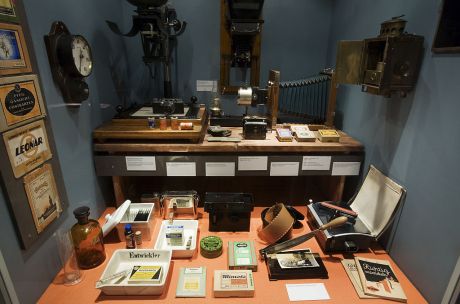The evolution of tool technology

German_Museum_of_Technology_Berlin
© Jorge Royan / http://www.royan.com.ar, via Wikimedia Commons
An EU initiative is studying the emergence and transition of prehistoric tool technology.
The earliest Oldowan stone tools were first produced 2.6 million years
ago at Gona in the Afar region of Ethiopia. These tools lasted for
roughly 1 million years with little technological/behavioural changes.
Following the Oldowan, the Acheulian stone technology which employed
large cutting tools, appeared at 1.75 Ma in East Africa.
Investigating the timing and technological shift in uninterrupted archaeology-rich deposits is crucial and why the GONA PROJECT (The Oldowan-Acheulian transition and the emergence of the Acheulian industry, field and laboratory investigations at the GonaPlio-Pleistocene archaeological sites, Ethiopia) is studying this important behavioural issue in human evolution.
Detailed surveys and excavations have been carried out targeting deposits dated in the 2.0-1.6 Ma interval, and freshly exposed stone artefacts and fauna, including bone/tooth fragments were recovered. Seven bone/tooth fragments and 50 artefacts were excavated in a 13-square-metre area, with several cores that allow assessment of the stone technology of the toolmakers of that period. Faunal specimens collected from the sites can also be useful in providing behavioural and palaeo-environmental information.
Volcanic ashes and palaeomagnetic samples have been collected to resolve the age of the sites. Samples have been taken back to Spain and to the USA and laboratory analyses are continuing. Surveys are being conducted in this critical time interval in order to look more closely at the sources of the raw materials associated with the archaeological sites for experimental knapping, and for the brain-imaging studies that are planned.
Results thus far show that the Oldowan-Acheulian transition was both complex and rapid. The toolmakers at this time sought out for stone tools, with major emphasis laid on their heavy weight and large size, with minimum effort put in to standardising their shape.
Upon completion of the work, results will be useful for prehistorians and other archaeological studies in the future.
published: 2016-01-21